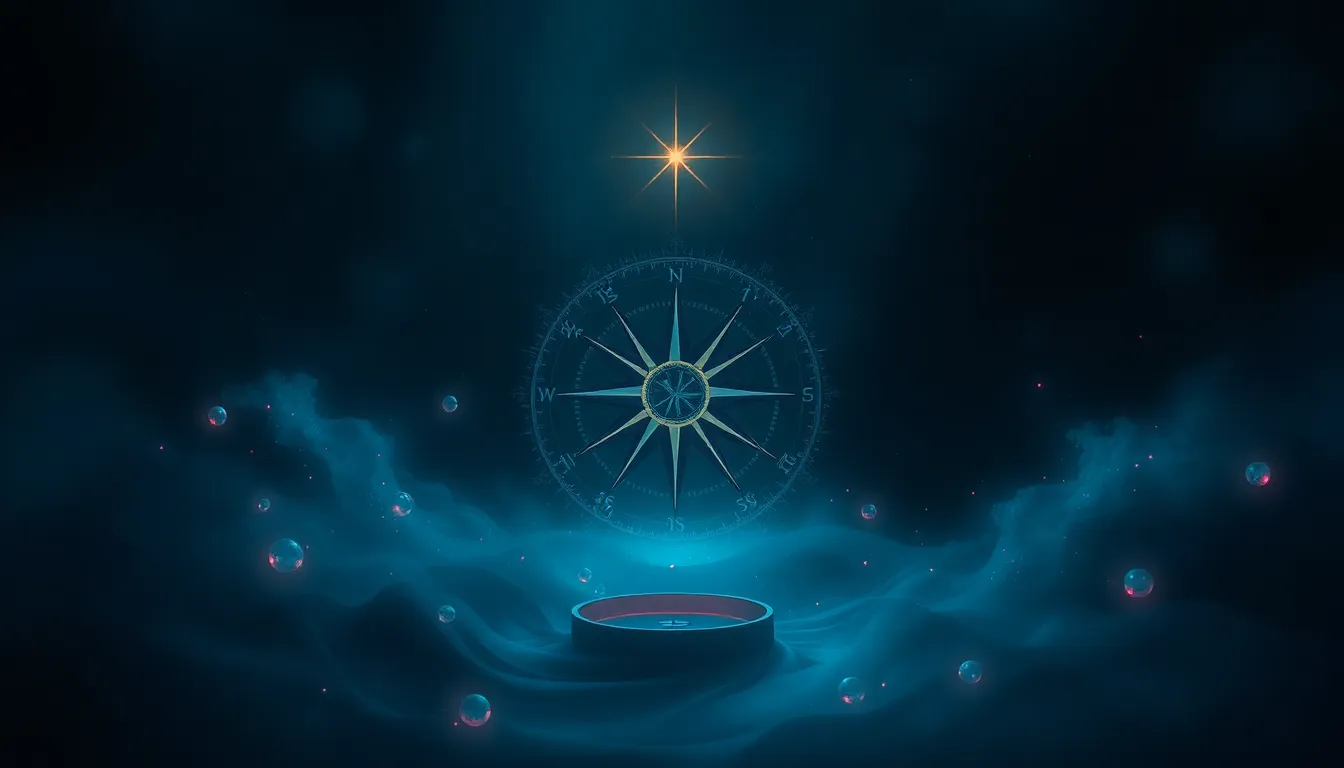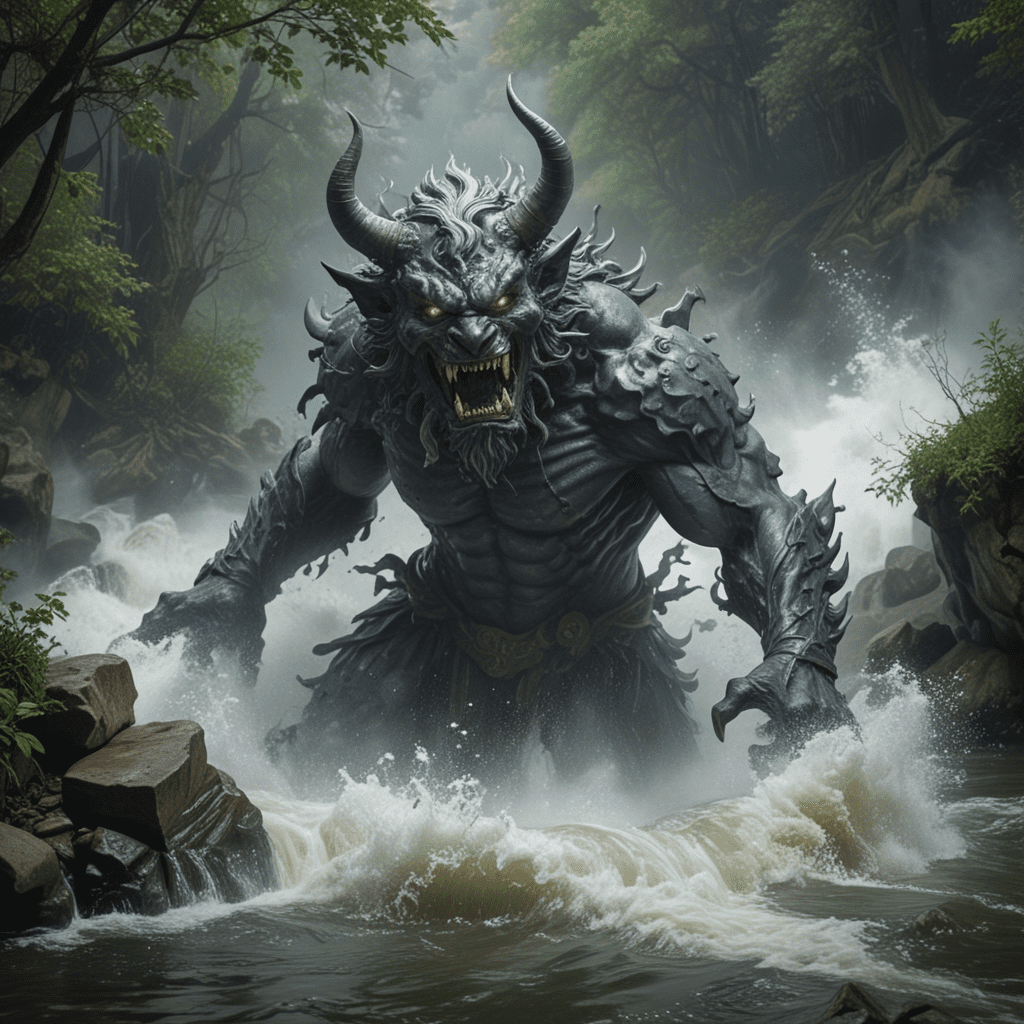The Heart’s Compass: Navigating Love in Mythical Narratives
Introduction: The Intersection of Love and Myth
Throughout history, love has been a central theme in countless mythical narratives. These stories encapsulate the profound emotions, struggles, and triumphs associated with love, offering insights into the human condition. Myths often serve as mirrors reflecting cultural values, aspirations, and fears surrounding love, shaping how societies perceive and express this fundamental emotion.
The significance of myth in shaping cultural perceptions of love cannot be overstated. Myths provide a framework through which individuals and societies explore the complexities of love, offering narratives that resonate across generations. In this article, we will delve into various aspects of love as depicted in mythical narratives, examining archetypes, cultural variations, and modern interpretations.
Defining Mythical Narratives: A Framework for Understanding
Mythical narratives are stories rooted in the traditions and beliefs of a culture, often featuring gods, supernatural beings, and heroic figures. These narratives serve to explain natural phenomena, cultural practices, and human experiences, including love.
Historically, myths have played a crucial role in preserving the values and morals of societies. They provide insights into the collective psyche, revealing how different cultures have understood and expressed love throughout time. By analyzing these narratives, we can uncover the universal themes and unique cultural perspectives that shape our understanding of love.
Archetypes of Love in Mythology
Mythology is rich with archetypes that explore the various facets of love. Some common archetypes include:
- Forbidden Love: Love that defies societal norms or expectations, often leading to tragic consequences.
- Tragic Love: Love that ends in loss or heartbreak, emphasizing the sorrowful aspects of devotion.
- Heroic Love: Love that inspires individuals to perform great deeds, often intertwined with themes of sacrifice and bravery.
Each archetype provides insights into the complexities of love, showcasing the struggles and triumphs that define human relationships across different cultures.
Case Study: The Love Stories of Greek Mythology
Greek mythology offers a plethora of iconic love stories that illustrate the various dimensions of love. Two notable examples are the tales of Orpheus and Eurydice, and Pygmalion and Galatea.
In the story of Orpheus and Eurydice, Orpheus’s deep love for his wife drives him to descend into the Underworld to retrieve her after her untimely death. His journey symbolizes the lengths to which love can compel individuals, but it also highlights the fragility of love, as his inability to resist looking back leads to irreversible loss.
On the other hand, the tale of Pygmalion and Galatea explores the theme of love and artistry. Pygmalion, a sculptor, falls in love with a statue he has created. His devotion inspires the goddess Aphrodite to bring the statue to life, illustrating the transformative power of love and creativity.
Both stories impart valuable lessons about love and sacrifice, demonstrating how love can inspire profound actions and lead to both joy and sorrow.
Romantic Love vs. Platonic Love: Mythical Perspectives
Mythology also offers distinct perspectives on different types of love. Romantic love, often characterized by passion and desire, contrasts with platonic love, which emphasizes friendship and loyalty. An exemplary myth that illustrates platonic love is the bond between Achilles and Patroclus.
Achilles and Patroclus share a deep friendship that transcends mere companionship. Their relationship is marked by loyalty and sacrifice, ultimately culminating in tragedy when Patroclus is killed in battle. Achilles’s grief illustrates the profound impact of platonic love, showcasing how deep connections can shape one’s destiny.
This distinction between romantic and platonic love enriches our understanding of human relationships, revealing the diverse ways love manifests in our lives.
The Role of Fate and Destiny in Love Narratives
Fate and destiny are recurring themes in many love narratives, often influencing the characters’ journeys and the outcomes of their relationships. Characters frequently find themselves entangled in the web of destiny, unable to escape their predetermined paths.
One of the most famous examples is the tragic love story of Tristan and Isolde. Their love is doomed from the start, driven by fate and circumstances beyond their control. Despite their passionate connection, societal expectations and fate conspire against them, leading to heartbreaking consequences.
This interplay between fate and love serves as a reminder of the powerlessness individuals can feel when faced with forces beyond their understanding, highlighting the complexity of love in the context of destiny.
The Transformation of Love: From Myth to Modern Interpretation
Ancient myths continue to influence contemporary notions of love, shaping how stories are told in modern literature and film. The themes of sacrifice, longing, and the complexities of love remain relevant, resonating with audiences today.
Modern interpretations often reimagine these age-old narratives to reflect contemporary values and challenges. For instance, films and novels frequently draw on the archetypes of love found in mythology, exploring themes of forbidden love or tragic romance in new and innovative ways.
This evolution of love narratives demonstrates the timelessness of these themes, as they adapt to the cultural contexts of the present while retaining their core emotional truths.
Cultural Variations in Love Myths
Love myths are not confined to a single culture; they vary significantly across the globe, each shaped by its unique historical and cultural context. A comparative analysis of love myths reveals distinct themes and values:
- Indian Mythology: The love story of Radha and Krishna exemplifies divine love and devotion, emphasizing the spiritual connection between lovers.
- African Mythology: The story of Orunmila and Oshun highlights the importance of love and fertility within community dynamics.
- Native American Mythology: The tale of the Sun and the Moon reflects the balance of love and longing, illustrating the interconnectedness of all beings.
These cultural variations enrich the global tapestry of love myths, providing diverse perspectives that enhance our understanding of love’s significance across different societies.
Lessons Learned from Mythical Love Stories
Modern readers can glean valuable lessons from age-old narratives about love. These stories remind us of the complexities and challenges inherent in relationships, as well as the enduring power of love to inspire and transform.
Some key lessons include:
- Love can lead to both joy and pain, highlighting the duality of emotional experiences.
- Sacrifice is often a fundamental aspect of love, reflecting the willingness to put others’ needs above one’s own.
- The importance of friendship and loyalty can be as significant as romantic love, enriching our lives in profound ways.
These insights remain relevant in contemporary relationships, encouraging us to navigate love with empathy and understanding.
Conclusion: The Enduring Power of Love in Mythology
Love as a theme in mythology is timeless, transcending cultural and historical boundaries. The narratives explored in this article demonstrate the complexities, sacrifices, and transformative power of love, offering insights that resonate with audiences today.
As we continue to explore and understand love through the lens of mythology, we recognize its enduring significance in our lives. Myths serve as powerful reminders of love’s complexities, illuminating the path of our emotional journeys and enriching our understanding of what it means to love and be loved.




